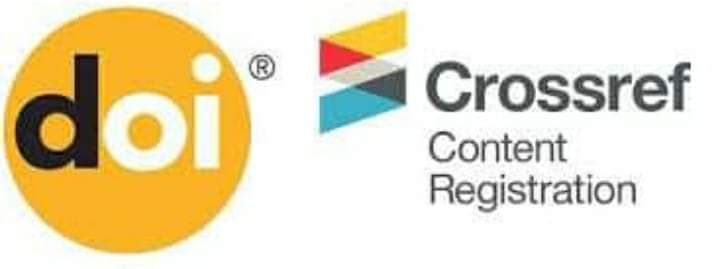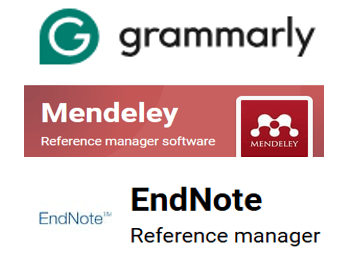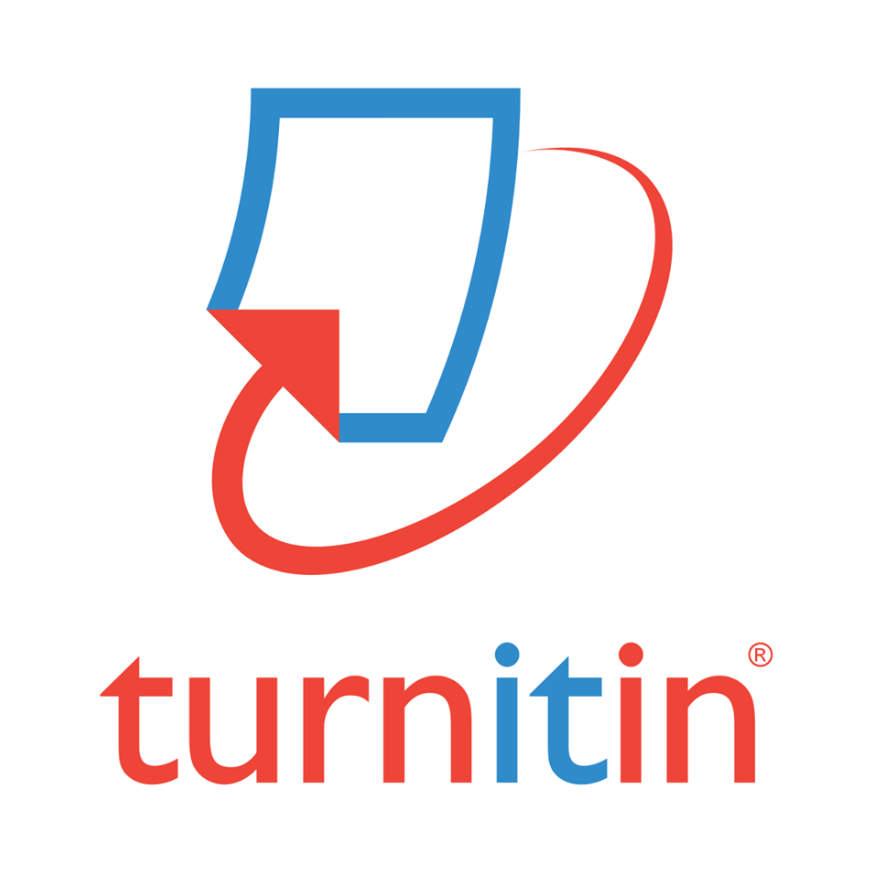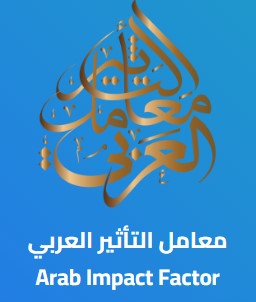Biological Studies of Harmala peganum Exracts as Antibacterial Agent
DOI:
https://doi.org/10.37375/sjfssu.v2i1.157الكلمات المفتاحية:
HarmalaPeganum, Antibacterial activity, Antibiotic.الملخص
Harmala peganum is one of the most well-known medicinal plants in traditional Chinese medicine. The goal of this study was to look at the antibacterial effects of a methanol extract of several components of H. peganum, such as the stem and leaf, against certain common human pathogenic bacteria. The antibacterial capabilities of methanol extracts of the specified sections were tested using the disc diffusion method, as well as their synergism activity when combined with synthetic antibiotics. The leaf and stem extracts were the only portions of H. peganum that showed antibacterial action against all of the microorganisms tested, even at the lowest concentrations. Leaf extract out performed stem extract in terms of antibacterial activity against the majority of gram-positive bacteria tested. The extracts were tested for their biological activity against microorganisms such as Streptococcus pneumoniae, Pseudomonas aeruginosa, Salmonella typh, and Escherichia coli. Except for the distilled water extract of H. peganum, the results demonstrated that the extracts are active against all bacterium strains. However, the antibacterial activity of Harmala peganum leaf and stem extracts was higher than that of antibiotics used against the pathogens tested.
المراجع
Akinpelu, D; Adegboye,M.F; Adeloye.O.A and Okoh,A.L (2008): “Biocidal activity of partially purified fractions from methanolic extract of HarmalaPeganumseeds on bacterial isolates,”Biological Research,44:277-287.
Alghazeer,R; El-Saltani, H; Saleh, NA; Al-Najjar, A; Naili, MB, Hebail, F;et al.
(2012): “Antioxidant and antimicrobial activities of HarmalaPeganum. Rhizomes,” Modern Applied Science, 6: 54-63.
Alshammary,A.S .and Ibrahim.N.(2014): “Antimicrobial activity of HarmalaPeganumextracts against Bctteria ,”Global Journal of BiolocgyAgricultupre and Health Sciences.3(4):71-73.
Anonymous. (1970): “Hamdard pharmacopoeia of Eastern Medicine”, Hamdard National foundation Pakistan 2nd Impression 373.
Arora, D and Kaur, J. (1999): “Antimicrobial activity of spices,” International Journal Antimic. agents, 12: 257-262.
Azizi,I.G; Fard,M.H. and Tahmasbipour,S. (2012): “The Effect of Aquatic and Alcoholic Extracts of HarmalaPeganumon Growth of the saprolegniaparasitica,”World Journal of Fish and Marine Sciences,4(3):258-262.
Balbaa, S.I.; Hilal, S.H. and Zaki, A.Y. (1981): "Medicinal plant constituents" 3rd Ed. General Organization for University and School books.
Benjilali, B. ;Tantaoui-Elaraki, A.; Ayadi, A. and Ihlal, M. (1984): “Method to study antimicrobial effects of essentials: application to the antifungal activity of six Moroccan essences”, Journal of Food Protection, 47: 748–752.
Bin Marash , S. (2012): “Essential oils: Their antibacterial proper- ties and potential applications in foods”, International Journal of Food Microbiology, 94, 223-253.
Burt, S. (2004): “Essential oils: Their antibacterial proper- ties and potential applications in foods”, International Journal of Food Microbiology, 94, 223-253.
Chan, K.(2000): “Some aspects of toxic contaminats in herbal medicines”,Chemosphere, 52:1361-71.
Clauss, E.P. (1961): "Pharmacognosy", 4th Ed., 111 HeneryKimpton, London, pp:3.
Cosimir, AC .and Min, BD. (2008): “Antioxidants in food lipid chemistry, nutrition, and biotechnology”, CRC PRESS. Boca Raton,FL, 236- 409 p.
Dallak,M.and Bin-Jaliah.I.(2010): “Antioxidant activity of HarmalaPeganumpulp extract in RBCs of Alloxan induced diabetic rats”,Pakistan Journal of Physiology,6:1-5.
Diwan, FH ; Abdel-Hassan, IA ; Mohammed, ST.(2000): “Effect of saponin on mortality and histopathological changes in mice”, Journal Eastern Mediterranean Health, 6(2-3):345-351.
Doss, A ;Vijayasanthi, M ; Anand, S.P; Parivuguna, V; Venkataswamy, R . (2011) : “Screening of Antimicrobial activity of essential oil and methanol extracts of HarmalaPeganum(L.) Schrad” ,South Asian Journal of Biological Sciences, 1: 7- 15.
Egyptian Pharmacopeia (1984): General Organization for Governmental Printing Affairs, Cairo.
El Hifnawy, S. M.; Selim, M. A.; Seida, A.A. and Mohmoud, M.I. [Eds] (1992): "Topics in Applied Pharmacognosy", Faculty of pharmacy, Cairo University,66-69.
Elsayem, S. M ;Nazif, N. M ;Hassan, R .H, Hassanein, H.D;Elkholy,Y.M ;Gomaa, N. S;Shahat, A. A. (2012): “Chemical and biological constituents from the ieaf extracts of the wild artichoke (HarmalaPeganum)”, International Journal of Pharmacy and Pharmaceutical Sciences,4:396-400.
Englisch, W; Beckers, C;,Unkauf, M; Ruepp M, Zinserling, V.(2000): “Efficacy
of artichoke dry extract in patients with hyperlipoproteinemia. Arzneim-forsch.(Drug Research) ”, 50: 260-265.
Falagas, S. M ;Nazif, N. M ;Hassan, R .H, Hassanein, H.D;Elkholy,Y.M ;Gomaa, N. S;Shahat, A. A. (2006): “Chemical and biological constituents from the ieaf extracts of the wild artichoke (HarmalaPeganum)”, International Journal of Pharmacy and Pharmaceutical Sciences,4:396-400.
Finch,R.G.(2004): “Antibiotic resistance a view from the prescriber”,NatureeviewsMicrobiolgy,2(12):989-994.
Guven, K.; Celik, S. and Uysal, L. (2005): “Antimicrobial activity ofEntaureaspecies”, Pharmaceutical Biology, 43: 67–71.
Sofowora, A. (1982): ’’Medicinal Plants and Traditional medicine in Africa Published by John Wiley and Sons Ltd‘‘, 1st edition, 131: 168-171.
Ibn Arabiya, G.; Demirci, F.; Kirimer, N.; Ku¨rkcu¨oglu, M. and Baser, K.H. (2013): “Antimicrobial screening: Menthapiperita essential oil”, Journal of Agricultural Food and Chemistry, 50: 3943–3946.
Iscan, G.; Demirci, F.; Kirimer, N.; Ku¨rkcu¨oglu, M. and Baser, K.H. (2002): “Antimicrobial screening: Menthapiperita essential oil”, Journal of Agricultural Food and Chemistry, 50: 3943–3946.
Kumar, S; Kumar, D; Saroha, K; Singh, N. and Vashishta, B. (2008): “Antioxidant and free radical scavenging potential of HarmalaPeganum(L.) Schrad. Methanolic fruit extract,”Acta Pharm. 58(2):215-220.
Khafagi, I; Zakaria, A; Dewedar, A; El-Zahdany,K.(2006): A voyage in the world of plants as mentioned in the Holy Quran, International Journal of Botany,2(3):242-251.
Koneman, E; Allen, S.D; Janda, W.M; Schreckenberger, P.C. and Inn, W.C. (1997):“Colour atlas and textbook of diagnostic microbiology hiladelphia”, Lippincott-Raven Publ, 13: 785–856.
Lopez-Molina, D; Heering, HA; Smulevich, G; Tudela, J; Thorneley, RNF; Garcia-Canovas, F.and Rodriguez-Lopez, JN. (2003):“Purification and characterization of a new cationic peroxidase from fresh flowers of Cynarascolymus L,” Journak of Inorganic Biochemistry, 94: 243–254
Memon ,U ; Brohi, H . A; Syed,W,A ; Iqbal, A. and Husan, B. (2003): “Antibacterial screening of HarmalaPeganum”, Pakistan Journal of Pharmaceutical Sciences, 16(1) 1-6.
Nazni, P; T. PoongodiVijayakumar, P; Alagianambi and M. Amirthaveni, (2006): “Hypoglycemic and hypolipidemic effect of cynarascolymus among selected type 2 diabetic individuals”, Pakistan Journal of Nutrition, 5: 147-151.
Newall, CA; Anderson, LA, Philipson, JD.(1996): “ Herbal medicine – a guide for health-care professionals. London”, The Pharmaceutical Press, 36–37.
NCCLS - (2005): “Performance Standards for Antimicrobial Susceptibility Testing”, MIC Testing Document, 100-S12, 22: 82–112.
NCCLS - (2001): “National Committee for Clinical Laboratory Standards Performance Standards for antimicrobial Susceptibility testing Eleventh information Supplement”, Nccl Document,M100-S11. ccls,Wayne,Pennsylvania 2001.
Omar . (2012) : "Medicinal Plants and Traditional medicine in Africa Published by John Wiley and Sons Ltd", 1st edition, 131: 168-171.
Padhi,S;Dash,S;Raj,M.(2015) : “Asian Resonance Phytochemical Analysis of Seeds and Leaves of HarmalaPeganum(L.) Schard”, 0976 – 8602.
Rajangam,J. and Christina, A. J. M.(2013):“HarmalaPeganumattenuates hyperlipidemia and hyperglycemia through its anti-oxidant property against hyperlipidemic and diabetic animal models”,Der Pharmacia Sinica, 4(1):60-66.
Sathishkumar, J.; Muthu, S.M. and Seethalakshmi, I. (2008): “In-vitro Antimicrobial and Antitumor Activities of Stevia Rebaudiana(Asteraceae) Leaf Extracts”,Tropical Journal of Pharmaceutical Research, 7(4), 1143-1149.
Talole,B;Salve,P;Waje,M.(2013): " Phytochemical Screening and Determination of Total Phenolic Content of HarmalaPeganumLinn," International Journal Pharmaceutical and Phytopharmacological Research, 3 (1): 44-45.
Uma.C.andSekar,K.G.(2014): "Phytochemical analysis of a folklore medicinal plantHarmalaPeganumL (bitter apple)," Journal of Pharmacognosy and Phytochemistry , 2 (6): 195-202.















